
PALFA Discovers Neutron Stars on a Collision Course
A pair of neutron stars has been found orbiting each other once every 1.88 hours! What can this extremely relativistic binary teach us?

A pair of neutron stars has been found orbiting each other once every 1.88 hours! What can this extremely relativistic binary teach us?

The low-metallicity environment of the Large Magellanic Cloud doesn’t deter the formation of complex organic molecules.

What launches powerful eruptions from the Sun’s surface? New simulations explore how reconfiguring magnetic fields can lead to explosions of energy.
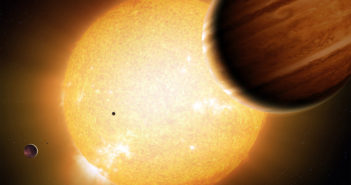
Astrobites explores whether we’ll be able to observe seasons on warm-Jupiter exoplanets with the James Webb Space Telescope.
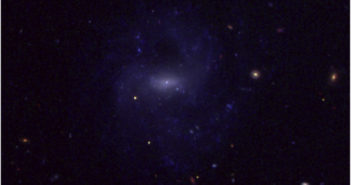
Hubble reveals a detailed look at the dwarf galaxy hosting the smallest active supermassive black hole known.
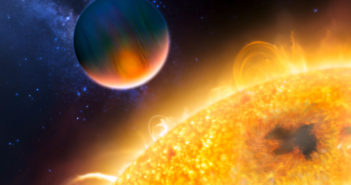
Scientists have discovered the most eccentric planet known to orbit a giant star.
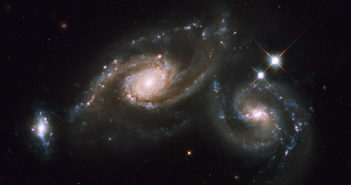
In the spirit of Valentine’s Day, today we’ll be exploring apparent pairs of galaxies in the distant, early universe.
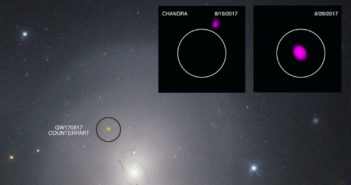
Astrobites reports on what we’ve learned from X-ray observations of the momentous neutron-star merger GW170817.
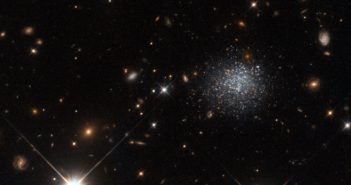
We observe far fewer small galaxies than current theory predicts. Are these galaxies actually missing, or is this a problem of interpretation?
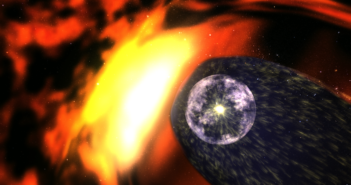
Our solar system is traveling through interstellar gas and dust. What happens where the solar wind and interstellar medium meet?
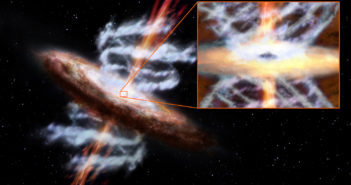
Chandra and Hubble have teamed up for a multi-eye look at an ultra-fast outflow speeding from the supermassive black hole at the center of a nearby active galaxy.
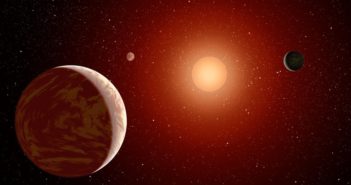
Which stars are most likely to host planets capable of supporting complex life? Astrobites reports on a study seeking to answer this question.